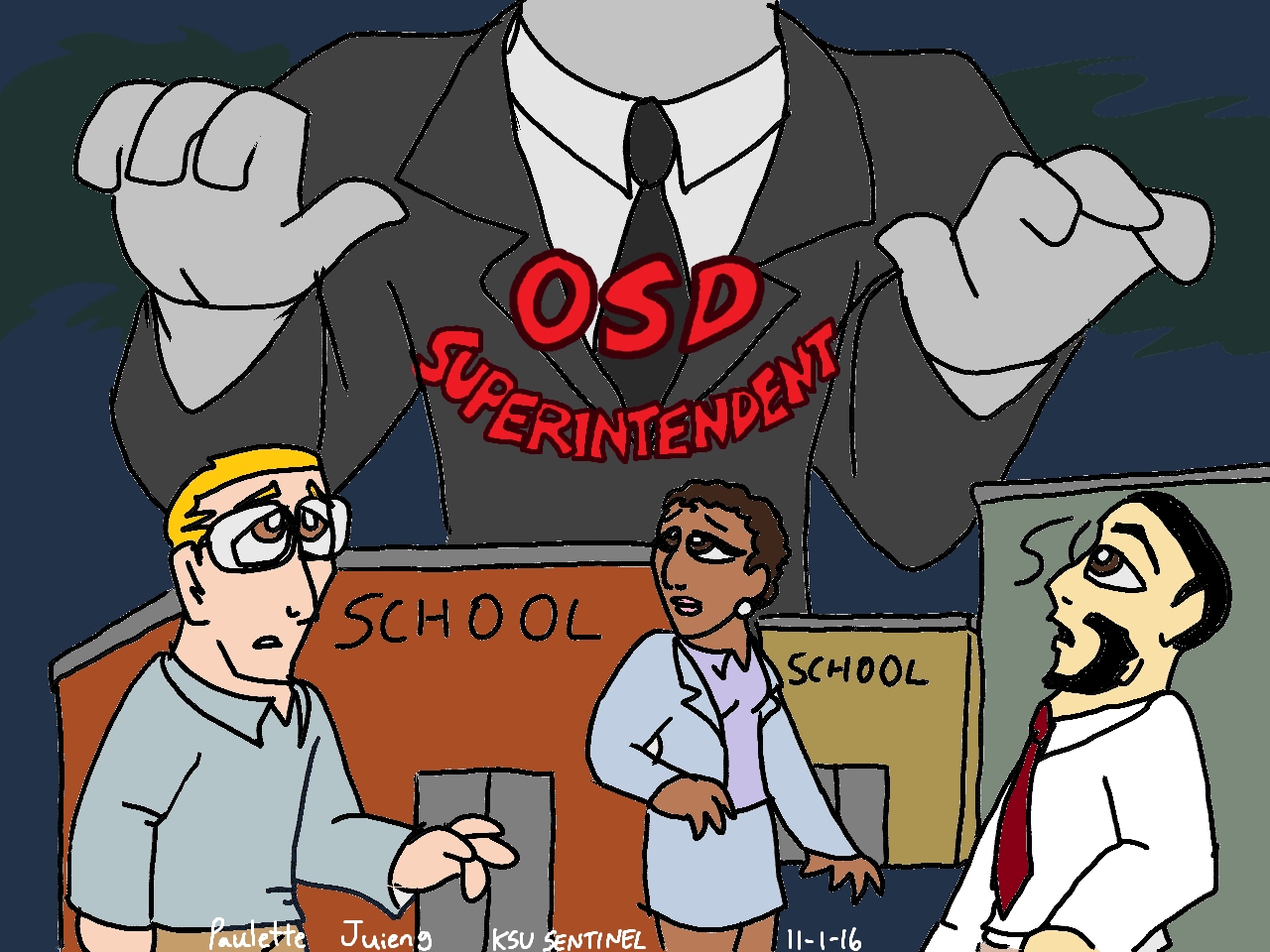How can today’s procedural television lovers become tomorrow’s criminal justice investigators?
From Forensic Files to Criminal Minds, Unsolved Mysteries to Bones, most people have a favorite procedural crime television show. The crime-solving genre is nothing new—fictional and real mysteries have drawn public attention and speculation as early as 18th-century British “murder pamphlets.”
True crime takes on several forms in the modern cultural zeitgeist. The cruel murder of JonBenét Ramsey was worldwide news, prompting decades of speculation and conspiracy, especially as the case made its way to early Internet forums.
People worldwide watched the verdict of the O.J. Simpson case as it was aired live, leading to decades of theories, books, and think pieces on the case. But with the advent of Internet forums and procedural television, anyone can be a sleuth if given a platform.
Some law enforcement and forensic professionals have dubbed this phenomenon the “CSI Effect.” It has been argued that modern jurors and detective wannabes have been influenced by criminal justice shows, such as CSI and Law & Order,which has led to higher expectations regarding DNA evidence and technology.
Since the public can play detective via online forums and social media, experts worry about the effects of civilians conducting amateur investigations. Some even argue that modern criminal justice students are unprepared due to their inflated expectations of how the system works.
Like any criminal case, the “CSI Effect” is not quite that simple. A 2008 study conducted by the Honorable Donald E. Shelton put this mentality to the test. The study asked just over a thousand subjects, most of whom were regular viewers of procedural crime television shows, how they would react to various criminal cases based on evidence alone. The conclusion? Jurors were no less likely to acquit cases based on this alleged “CSI Effect.”
This demand for more technology and DNA-based evidence is more likely a result of the expansion of technology in our everyday lives. Criminal procedural shows merely exposed the general public to these emerging processes.
Despite this, there is a mindset surrounding crime procedural television, especially when new criminal justice students share that a certain fictional program helped inspire them to pursue a career in the field. Many seasoned investigators scoff at television’s misinterpretations and dramatization of the field. But is that not the intention? Are fictionalized television shows meant to act as a springboard for prospective students?
The television show Bones is based on a book series about fictional forensic anthropologist Temperance Brennan. The series, however, had more factual accuracy than average because real-life forensic anthropologist Dr. Kathy Reichs wrote it. When the series turned to television, Reichs remained on board as a consultant, adding medical terminology and forensic details.
That’s not to imply the show is a one-to-one accurate portrayal of the field, but it is often cited among the grittier crime procedural shows. After over a decade on the air, the show concluded, but it left its impact on the field. During the series wrap party, it was discussed that the amount of working forensic anthropologists had doubled, and more than half were women. To many, Bones was an introduction to the field, and Temperance Brennan served as an icon for many women in the medico-legal sector.
I am among the wave of women seeking to join the forensic anthropology field. It is likely, had I not had an obsessive love of Bones over the COVID-19 pandemic, that I would have never learned of this subset of forensic science. The show introduced me to the job, finally giving my passions a sense of direction. Anthropology is not a degree that I entered lightly—if anything, Bones was a springboard. It led me to read non-fiction memoirs by anthropologists. I was able to prepare my expectations before I began my academic career all because of a television show. In times where I harbor doubt, I can look to both Dr. Brennan and Dr. Reichs as role models and trailblazers.
This may not be the path for all, but it is foolish to discount fictionalized crime shows as nothing more than dramatized entertainment. Though quality and accuracy may differ, many of these shows are the first steppingstone for future criminal investigators. It gives the general public a peek into the “elusive” world of criminal justice.
Television shows could help aid public engagement in real-life cases, even helping to bring more young people into the field. These shows are more than primetime drivel—they are a tool to help the public gain awareness of the justice system as a whole.


